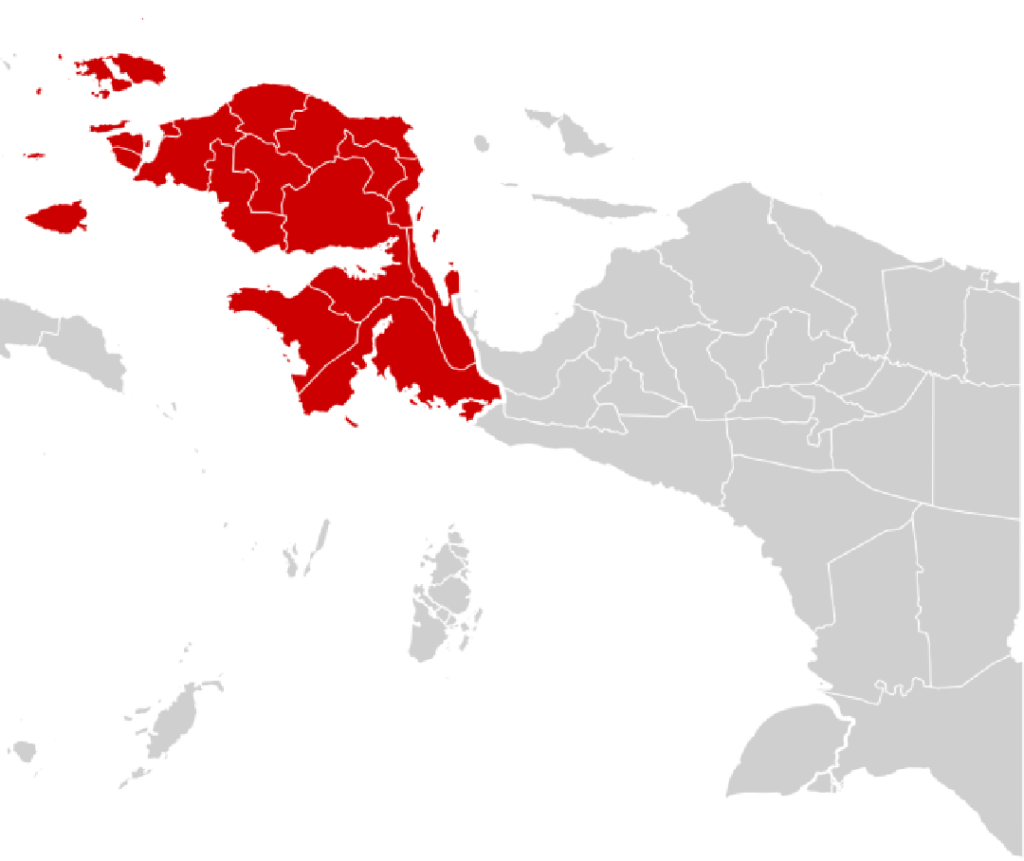As the sun rises above the Cyclops Mountains, casting golden light over the vast expanse of Lake Sentani, the sounds of traditional drums echo across the water. Canoes, carved from single logs and painted with ancestral symbols, glide into view—each one bearing dancers, drummers, and warriors in traditional attire. This is not a reenactment or tourist performance; it is the living culture of Papua, brought to life each year in mid-June through the Sentani Lake Festival.
Held on the shores of Lake Sentani in Jayapura Regency, the festival is an immersive cultural celebration that showcases the indigenous heritage of the Papuan people. It is a vibrant fusion of ritual, storytelling, dance, and tradition—uniting more than 20 tribes that call the region home.
A Sacred Gathering on Sacred Waters
Lake Sentani, with its 21 islands and surrounding highlands, has long been a cultural and spiritual heartland for indigenous communities. The festival, which began in 2008 as a regional tourism initiative, has evolved into a powerful platform for cultural revival, inter-tribal unity, and international engagement.
The highlight is the “Hablo Monyo” water dance, performed by dozens of men paddling in unison on traditional canoes. Their rhythmic movements represent unity, ancestral battles, and reverence for nature. Each paddle stroke is synchronized with drums and chants that echo the oral histories passed down for generations.
Yosep Yoku, a cultural leader from Asei Island, explains the spiritual weight of the performance. “These dances are not just art—they are memory. When we dance on the water, we are reuniting with the spirits of our forefathers.”
Culture in Full Color
Beyond the lake, the festival grounds become a tapestry of Papuan life. Women demonstrate how to weave noken—handmade net bags recognized by UNESCO as intangible heritage—while elders prepare traditional meals of sago, smoked fish, and sweet potatoes over open flames.
Each participating tribe sets up a traditional house, or “honai,” to exhibit their distinct languages, clothing, carvings, and stories. Children perform choral songs in local dialects, while artisans display bark paintings, wood sculptures, and intricate beadwork that have become emblematic of Papuan aesthetics.
For many, the festival is a rare chance to witness the diversity within Papuan culture, often misunderstood or oversimplified in national narratives. From the highland Dani to the coastal Sentani, the people of Papua speak over 250 languages and maintain unique customs that are deeply rooted in their land.
Tourism and Preservation: A Delicate Balance
While the Sentani Lake Festival draws growing numbers of domestic and international tourists, the event’s purpose extends far beyond economic benefit. Local leaders emphasize the importance of cultural preservation, especially as modernization and migration reshape traditional ways of life.
“Tourism is welcome, but the festival’s soul is about safeguarding identity,” says Mathius Awoitauw, Regent of Jayapura. “Each year, our children watch, learn, and participate. This is how culture survives—not in books, but in practice.”
Awoitauw’s administration has worked closely with tribal elders, anthropologists, and NGOs to ensure that the festival remains authentic, ethical, and community-driven. Revenues from tourism are reinvested into cultural education, infrastructure, and local art programs.
A Message to the World
In recent years, the festival has taken on new dimensions, with organizers using it as a platform to promote peace, environmental awareness, and indigenous rights. With Papua often portrayed in headlines for its political tensions, the Sentani Lake Festival offers an alternative narrative—one of beauty, resilience, and pride.
“It’s easy to see Papua through a lens of conflict,” says cultural anthropologist Dr. Maria Tumanggor. “But what this festival reveals is that Papuan communities are vibrant, creative, and deeply connected to their environment and spirituality. This is a celebration of what it means to belong.”
Future Generations, Rooted in Tradition
The most stirring scenes at the festival often involve young Papuans taking part: a girl learning to weave beside her grandmother, boys painting their faces in tribal motifs before a dance, and students performing historical dramas about their ancestors.
Seventeen-year-old Melkior Wambrauw, who danced in the water procession for the first time this year, said the experience changed his perspective. “I used to think our traditions were old-fashioned. But being part of this—I understand now. This is who we are. This is where we come from.”
Conclusion
The Sentani Lake Festival is not a static museum of culture—it is a living, breathing reminder that tradition can thrive even in a rapidly changing world. It is a call to honor the past while embracing the future, to see Papua not only as a place of natural beauty but as a cradle of enduring cultural wealth.
As the final chants fade into the twilight and the last canoe reaches the shore, the message is clear: Papua’s heritage is alive—and it flows like the great lake itself, deep, sacred, and unstoppable.


